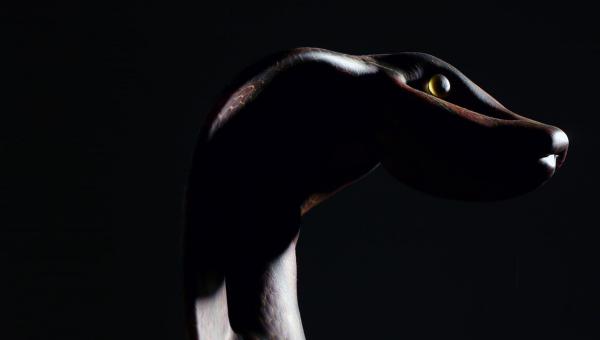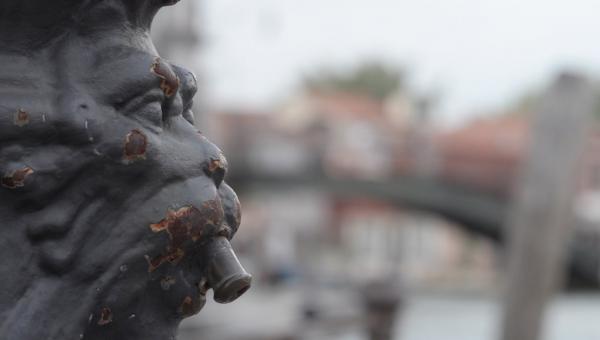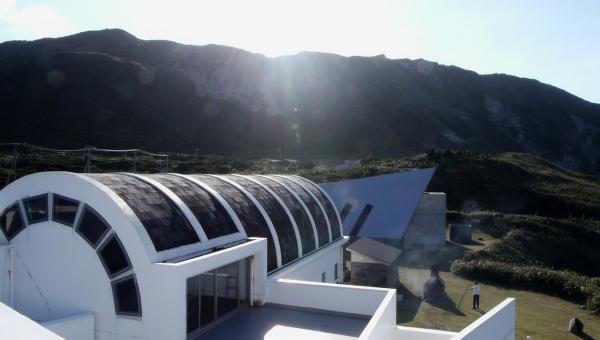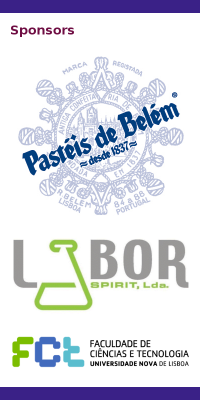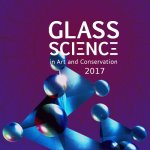|
Fatma Cifti
|
|
The contribution of the science of glass to the artistic expression
In this statement, author discusses how the sciences of glass contribute to the expression of art glass.
I’ll make a remark on conceptual meaning of the artwork based on physical and chemical properties of glass. How the process of forming glass affects the conceptual meaning of a glasswork. This artwork is self-portrait that material is glass and made with kiln casting technique. Glass is fragile and transparent material, which is corresponding self. Technically in this self-portrait, the face is hollow and light gets through the hollow and makes it visible. Self makes a room for its existence in life fluency and light as a soul makes it alive.
Kiln casting technique requires a mold. Glass can pretend like a liquid in high temperature (melting point) and take the form of requested. Glass is a material that changes its molecular structure when expose by melting temperature. It is related to life fluency, which shapes humankind. Glass annealing process which gives time to harmonise the new molecular structure, relates human-life relation as requires time for positive result through traumatic experience. It’s the process of regenerating the inner peace of the artist and reflects her on self-portrait.
I offer an alternative view to chemical and physical properties of glass.
|
|
Francesca Giubilei
Art Curator
|
|
A Glass Garden
Since 2013 I am collaborating with the Australian artist Rosslynd Piggott in a project that extends her artistic research, based primarily on drawings and paintings, into the use of glass, in particular the engraving, as a new language to through which she can communicate her ephemeral and evanescent world. Glass, she says, not only helps to translate the appearance of her works of art, but, more importantly, it communicates her feelings for two of her favorite subjects, flowers and gardens.
Rosslynd Piggott decided to work in glass because of her interest in the metaphysical potential of this material and its beguiling and elusive properties, in particular its transparency and interaction with light. Glass contains and reveals, it has paradoxical properties of solidity and fluidity, and it conjures a sense of multiple space. For her as a painter who works with many layers of fine transparent paint, glass has an immediate relationship to her work. Piggott is not a glass artist. She approached glass with the fascination of a painter whose work extends into a variety of materials in order to explore their possible evocative relationships by the means of spatial installations.
This paper intends to show and explain the results of the collaboration between Rosslynd Piggott, the glass engraver Maurizio Vidal and myself. The glass objects were created in Murano. They are composed of glass plates engraved in several layers with botanical images. A mirror at the back of the stack of glass plates adds depth and substance by its reflection and refraction properties. Engraved glass and empty space alternate, and the mirror not only creates a vertiginous effect, but also presents an image of the viewer, albeit in a distorted and ambiguous shape. The viewer can immerse into a garden, a space for imagination, immateriality, wonder, and pleasure.
|
|
Göktuğ Günkaya
Anadolu University, Faculty of Fine Arts, Department of Glass, 26470, Eskisehir, Turkey
|
|
Coloring studio glass by metal oxides
Color is a kind of language for giving some impressions by art work. Glasses in some colors cannot be purchased easily. In this study transparent glasses were colored by adding micro sized metal oxides in a studio environment. Waste glasses can also be used for this kind of process. As the first step of glass coloring, waste clear glass was ground to a micron size and then one or more metal oxides were added to the glass batch. Then the batch was melted. Soda lime silica glasses were selected as waste. The process of coloring the glass was affected by some important variables: the most important of these factors were: the composition of the glass and coloring agents in the recipe (usually metal oxides) and their proportions, the kiln atmosphere (reducing or oxidising) and the heat treatment. In this process, different amounts (0,001% - 10%) of coloring agents (mixture of MnO2 and CoO) were added to the glass batch in order to produce a variety of purplish blue tones. Additionally, to observe the effect of temperature, glasses were melted at 1100 °C, 1150 °C and 1200 °C. The color changes in the glass as a function of the amount of added oxides and melting temperature were examined. Also the colors of the produced glasses after melting was examined by technical (measuring LAB) and classical (observation relative to the reference sample) methods. Beside these, thermal properties were investigated. The results of the study gave information about important properties of the colored glasses. According to these conclusions, decisions can be made on using these glasses together or separately in various shaping techniques to create artistic works in the studio environment. Also optimization of the firing schedule was realized based on these data. Coloring of waste glass by metal oxides was achieved by the study.
|
|
Jianyong Guo.
|
|
Inside Painting’ - suggested as a new model for contemporary glass art
My PhD research (2016) has been an art-based practice-led project focused on Chinese ‘inside painting’ in glass art. It has attempted to create a ‘new model’ for Chinese traditional inside painting through the creation of contemporary glass artworks. This research mainly used studio-based art practices, inspired by traditional inside painting of Chinese snuff bottles, traditional Chinese painting and calligraphy, influenced by Taoism, together with Western glass painting, printing and calligraphy in order to reduce some of the existing limitations of traditional methods. The methods of glass making for this research covered blowing, casting, flame work, fusing, slumping, incorporating ‘outside’ painting combined with ‘inside’ painting, and printing combined with inside painting.
|
|
Andreia Ruivo
Research Unit VICARTE, Glass and Ceramic for the Arts, Faculdade de Ciências e Tecnologia, Universidade Nova de Lisboa, 2829-516 Caparica, Portugal
|
|
Red glass revisited – a short review of the work made in VICARTE laboratories
In this communication various examples of red glass obtained either through usual production processes or using innovative techniques are described.
Cadmium and selenium mixtures are commonly used to obtain red glasses, however due to their toxicity the use of other elements, such as gold and copper can be an alternative. The red colour of gold and copper glasses is caused by the interaction of electromagnetic radiation with metallic nanoparticles.
Conventional synthesis methods were used in our Laboratories by adding to a soda-lime silicate glass composition either gold and tin oxide as a reducing agent 1 or purple of Cassius. One interesting experiment was made using a recipe found in a batch book of the Factory “Gaivotas”. An almost clear glass was obtained, which formed an original amethyst glass when heated at 650ºC. With further heating to 700ºC a gold ruby glass was obtained.
Gold and copper ruby glasses were also produced without using any conventional reducing agent. In a first approach a batch composition doped with gold or copper, prepared using very pure compounds, was melted at 1500ºC. A transparent clear glass was obtained which did not strike at any temperature. After irradiating with gamma rays 1 or by infrared irradiation using a nanosecond laser 3 a brown colour was obtained, mainly due to F centres. Further heating using different annealing conditions gave origin to red colours with different hues. Using the same glass composition two hooks were made by a Vicarte artist. When the glass was heated in the glory hole, gold was reduced, which resulted in a red glass under transmitted light and brown under reflected light. The Lycurgus cup, a Roman vase of the 4th century, also exhibit two colours, however the colour observed under reflected light is green instead of brown. In this case it is known that the glass has small amounts of gold and silver.
Other processes were studied. Copper mirrors production and further heating, dip coating of glasses in solutions of gold and copper and the use of spray pyrolysis with copper acetate over a heated plate also gave rise to copper and gold ruby glasses.
|


